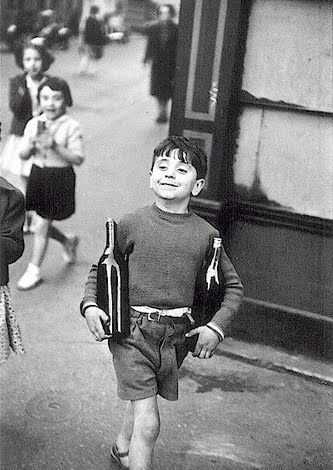
Jill Badonsky of The Muse Is In, wrote in one of her newsletters, “I know that I’m a teacher because when I discover tools that work for me I have a run-into-the-house-and-do-it-right-now kind of compulsion to share it with others. It can be inconvenient when you’re in the middle of holding a ladder for someone up a tree…”
I am the same way. I sit in meditation and when the quiet takes over, it’s challenging to remain in the formless, as my particular kind of mind begins generating amazing teaching visions and insights, which I feel I must not lose, so I rush back to jot it all down on a notepad I keep by my chair. Many of these things have gone into my books and workshops. I know I’m an artist, similarly, because I feel the same urge to translate and shape visionary content into writing, and sometimes into graphics and other kinds of art, enjoying the surprise of how it comes through the filter of my own kind of awareness.
I am lately focusing on the importance of keeping imagination alive and active, of going into that workshop space of the imaginal realm to cocreate new realities with the magical force that lives there. For that reason, I was taken with parts of this article, which features bits from John Updike, published in The Authors Guild Bulletin, Winter 2009. Part of it is from an essay titled, Why Write, from Picked-Up Pieces (1975), and part is from an interview for The Paris Review, Winter 1968.
“Think of a pencil. What a quiet, nimble, slender and stubby wonder-worker he is! At his touch, worlds leap into being; a tiger with no danger, a steam-roller with no weight, a palace at no cost. All children are alive to the spell of pencils and crayons, of making something, as it were, from nothing; a few children never move out from under this spell, and try to become artists. . .
“In my adolescence I discovered one could write with a pencil as well as draw, without the annoying need to consult reality so frequently. Also, the cave beneath the written page holds many more kinds of space than the one beneath the drawing pad. . .
“Storytelling, for all its powers of depiction, shares with music the medium of time, and perhaps its genius, its most central transformation, has to do with time, with rhythm and echo and the sense of time not frozen as in a painting but channeled and harnessed as in a symphony. . .
“My first thought about art, as a child, was that the artist brings something into the world that didn’t exist before, and that he does it without destroying something else. A kind of refutation of the conservation of matter. That still seems to me its central magic, its core joy.”
photo by Henri Cartier Bresson
